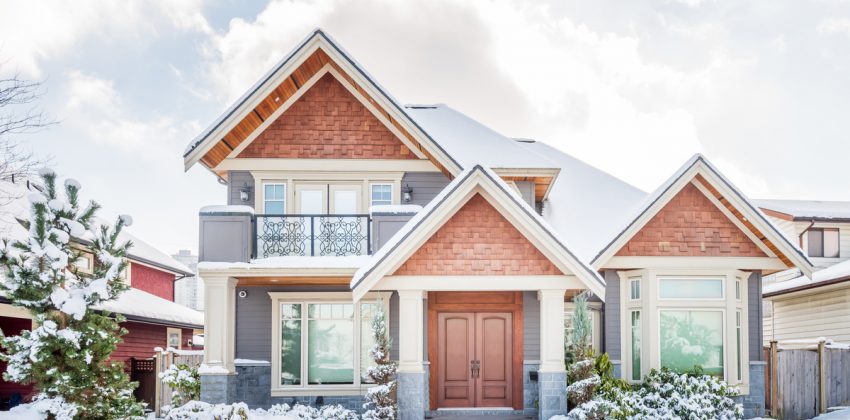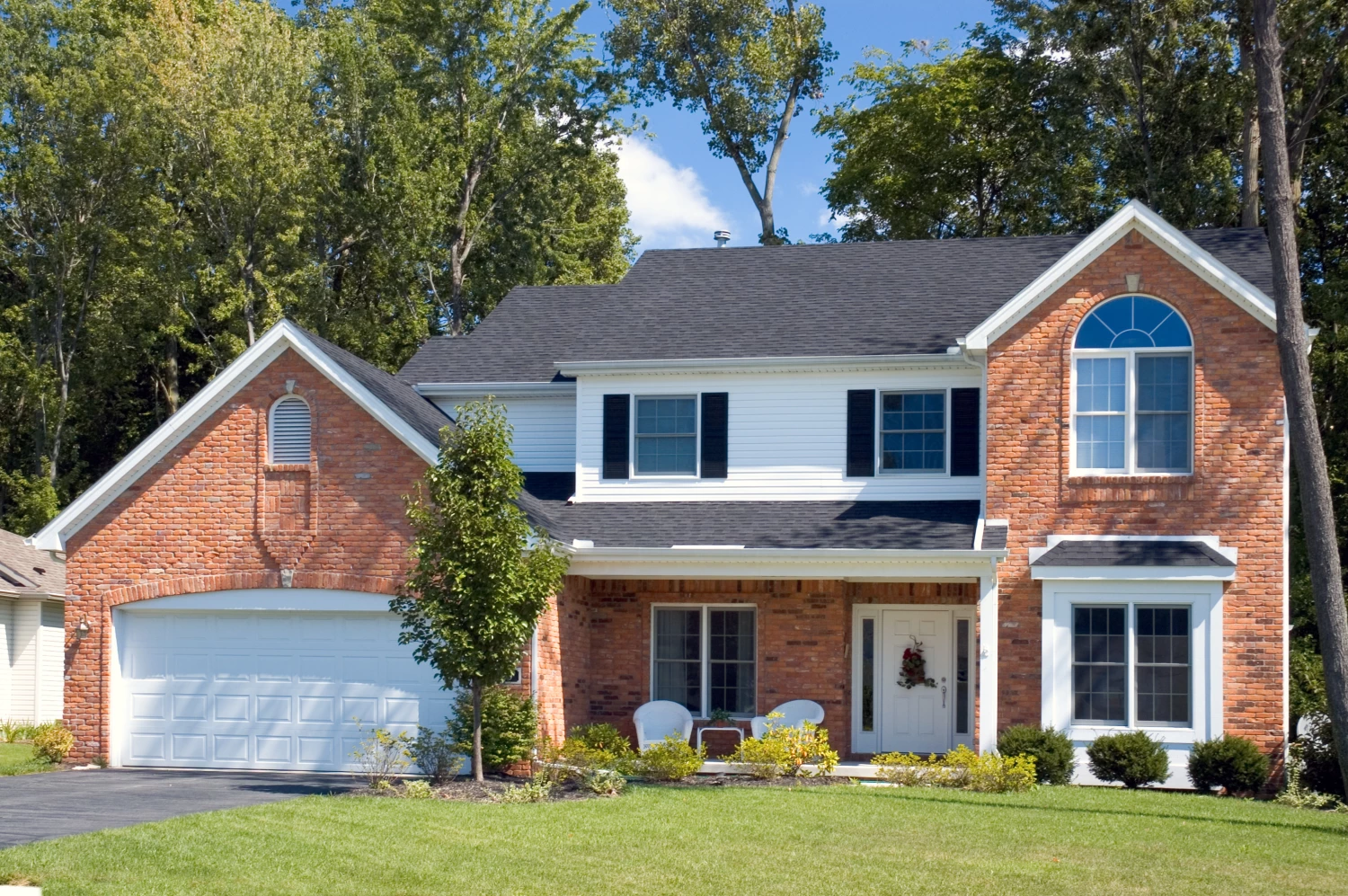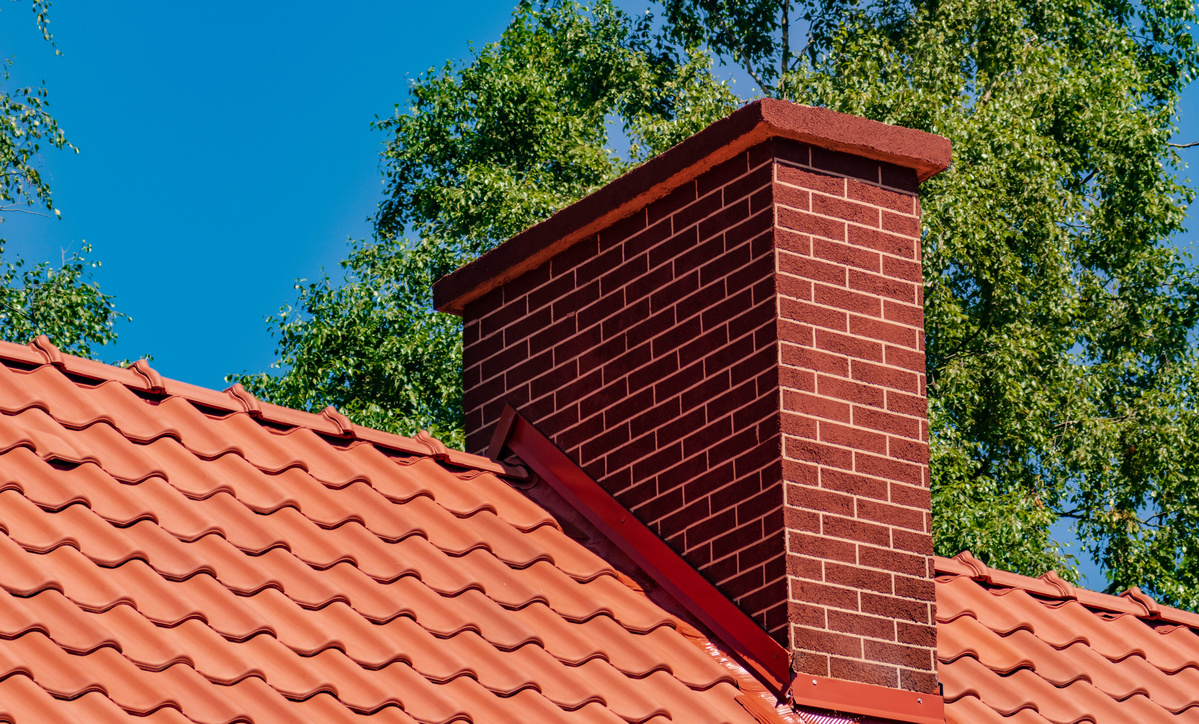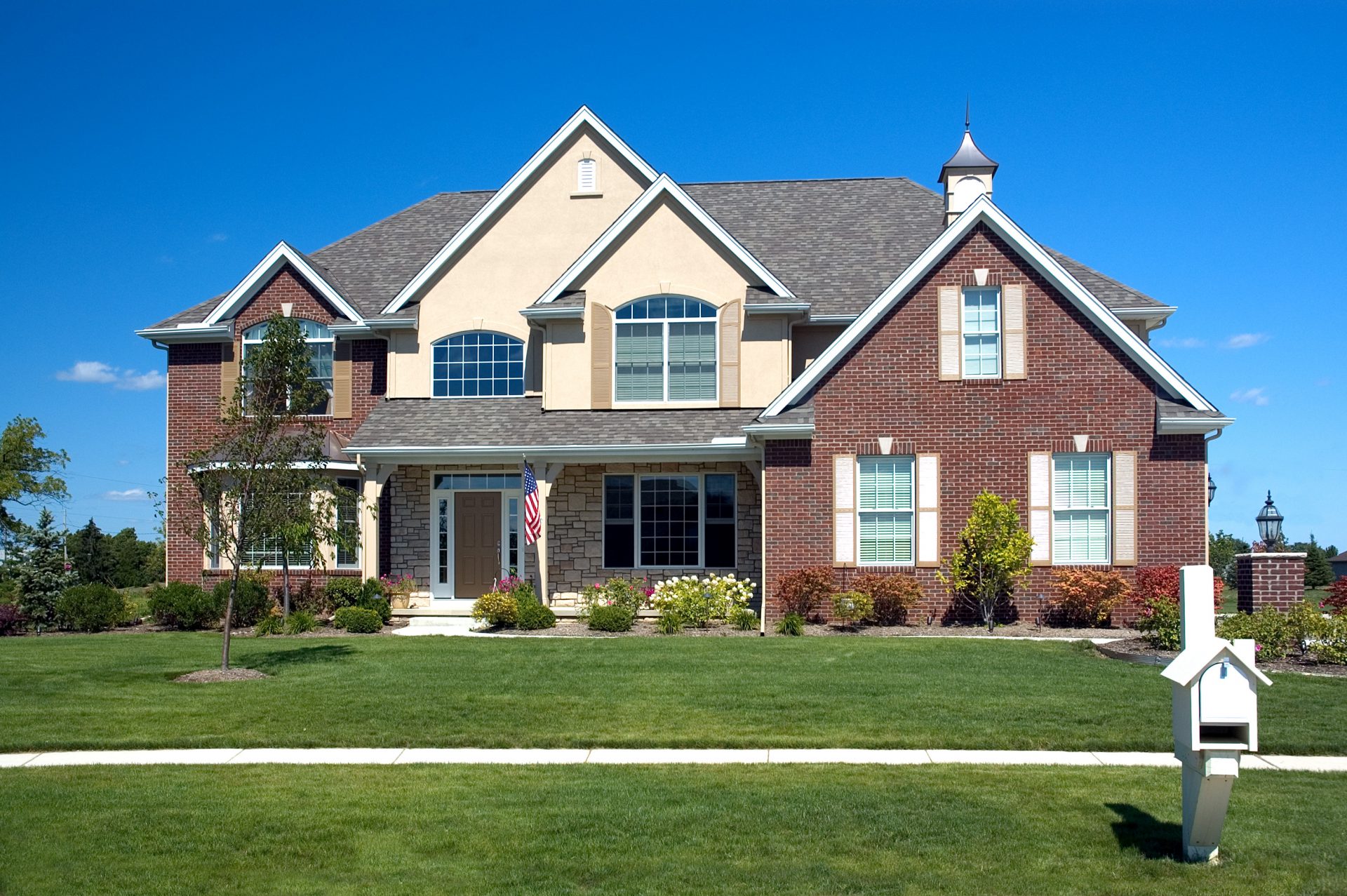Masonry Chicago is often believed to last through the ages if it is built properly. On the other hand, untreated brick masonry may easily be damaged by the severe winters of Chicago. Having a chimney that is prone to collapse due to the elements is a real threat to the safety of your home. Our goal is to provide households and business owners with the resources they need to maintain a safe fireplace or chimney. Take these easy measures to avoid future hassle and expensive masonry repair work.
The thawing and freezing may be prevented by using an outdoor sealer.
Bricks are building materials consisting of porous materials. Because they absorb water like a sponge, bricks, and mortar grow and shrink with the seasons of winter and spring. This ongoing process leads to the instability of the materials, which may cause cracks, loosening of the bricks, or even complete collapse. Applying a permeable masonry sealant to the exposed masonry will protect it from the weather and prevent these problems. This is particularly relevant for older buildings that use masonry that may need greater upkeep. Forgetting this might result in the need for more regular masonry repairs.
Do not forget to secure the chimney’s inside, either.
When the snow melts on top of a chimney and drips down the flue liner from the inside’s high temperatures, it may cause the liner to rust and develop fractures and holes. Since air cannot freely circulate, harmful gasses and heat build-up. The damper and the surrounding ceiling and walls might corrode if water leaks into the fireplace. In order to prevent water from entering the home, homeowners should have local masonry contractors Chicago install a chimney cap. If you need assistance setting up a cap for your chimney, our chimney repair experts from J&P Masonry & Tuckpointing Chicago are here to help.
Increased Variability in Weather and Its Effect on Masonry
According to a new analysis from the city of Chicago, climate change is anticipated to increase the frequency of freeze/thaw cycles, as well as the amount of heavy, wet snow and winter rains, which might “make buildings more prone to spalling, cracking, and potholes.” These incremental improvements are more vital than ever in light of the impending climatic shifts.





